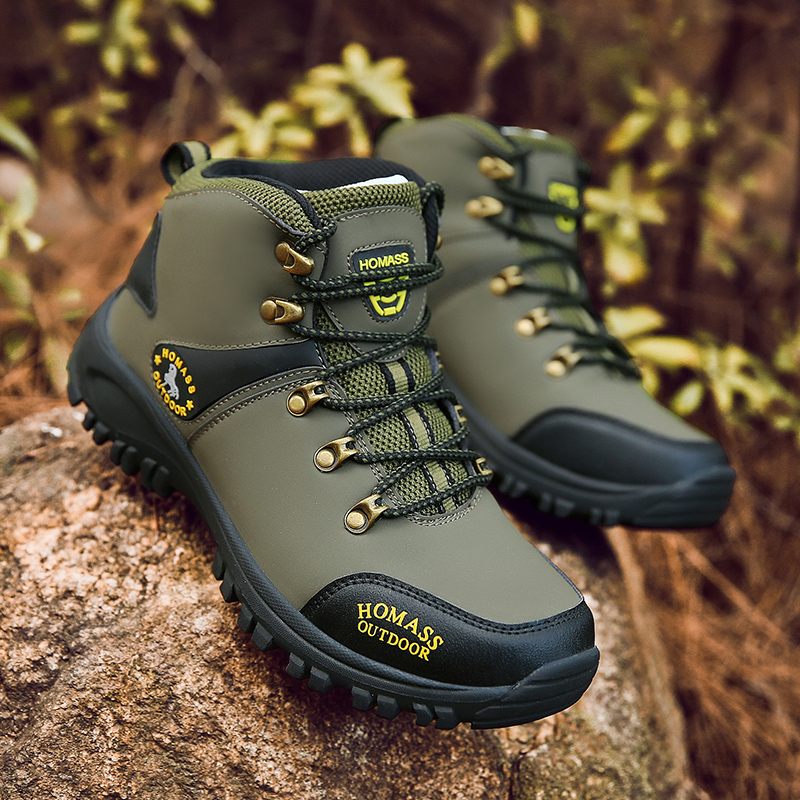Step Confidently: The Ultimate Guide to Hiking Boot Safety
When heading out on a hike, ensuring your safety and comfort should be top priority. One crucial element in achieving this is choosing the right pair of hiking boots. Whether you're a seasoned outdoor enthusiast or a beginner looking to embrace the trails, the importance of proper footwear cannot be overstated. Hiking boots are not just about style or aesthetics – they are essential tools that protect your feet and provide stability on various terrains. So, lace up your boots and step confidently into the great outdoors with our comprehensive guide to hiking boot safety.
Choosing the Right Hiking Boots
When it comes to selecting the perfect pair of hiking boots, it's crucial to consider the type of terrain you'll be trekking on. For rugged trails with rocky surfaces, opt for sturdy boots that provide ankle support and protection. If you'll be walking on flatter terrains or casual hikes, lighter hiking shoes may suffice. Take into account the weather conditions as well, ensuring your boots are waterproof for wet climates.
Different hiking boot brands offer various features, such as Vibram soles for enhanced grip, Gore-Tex lining for waterproofing, and insulation for colder temperatures. Prioritize comfort and fit above all else – your hiking boots should feel snug but not overly tight, with enough room to wiggle your toes. Durability is another crucial factor, so choose boots made from quality materials that can withstand the demands of your adventures.
Lastly, think about your own hiking style and preferences. Are you someone who enjoys long, challenging treks, or do you prefer shorter, leisurely walks? Consider these factors when deciding on the height of your boots – ankle-height boots provide more flexibility, while mid-height or high-cut boots offer extra support and protection. Ultimately, the right hiking boots should cater to your specific needs and enhance your overall hiking experience.
Tips for Ensuring Hiking Boot Safety
Invest in high-quality hiking boots that provide good ankle support. Proper ankle support can help prevent injuries on uneven terrain and steep trails.
Ensure a good fit by trying on hiking boots with the socks you plan to wear while hiking. This will help you avoid blisters and discomfort during your outdoor adventures.
Regularly inspect your hiking boots for wear and tear, such as worn-out soles or loose stitching. Keep them clean and well-maintained to prolong their lifespan and ensure optimal safety on the trails.
Proper Care and Maintenance of Hiking Boots
Taking good care of your hiking boots is essential for ensuring they last long and continue to provide the support and protection you need on the trails. After each hike, make it a habit to clean off any dirt or mud from the boots using a soft brush and water. Dwights Outdoors helps prevent the buildup of debris that can damage the materials over time.
Properly drying your hiking boots is crucial to prevent the growth of mold and mildew, which can compromise the integrity of the boots. After cleaning, remove the insoles and laces, then air dry the boots in a well-ventilated area away from direct heat sources. Stuffing the boots with crumpled paper can help absorb moisture and maintain their shape as they dry.
Regularly inspect your hiking boots for any signs of wear and tear, such as sole delamination or worn-out tread. If you notice any damage, address it promptly to prevent further deterioration. Applying a waterproofing treatment periodically can also help extend the life of your boots and keep your feet dry during wet weather conditions.
